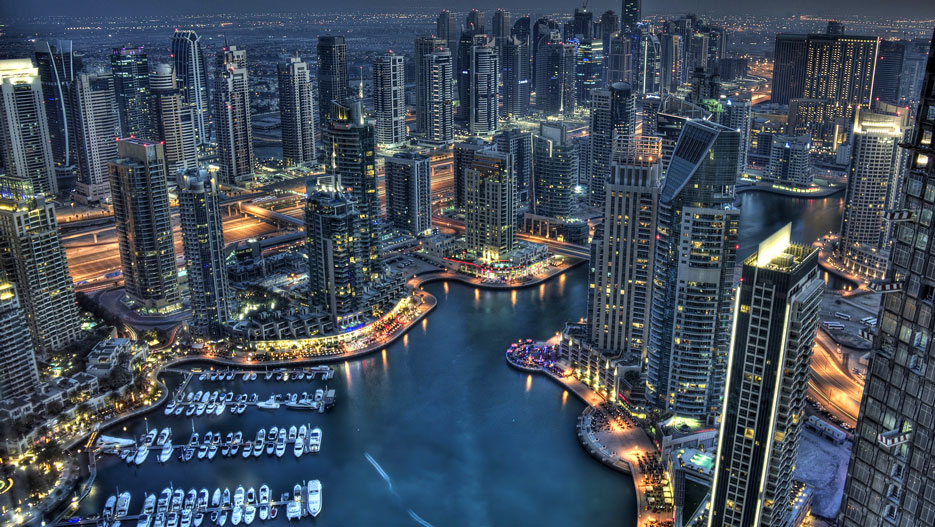Foreign Direct Investment Inflows to the United Arab Emirates: Overview and Trends
According to the World Investment Report 2021 by UNCTAD (United Nations Conference on Trade and Development), which focuses on trends in foreign direct investment worldwide and at the regional and country levels, the UAE saw its FDI inflows increase by 11%, from USD 18 billion in 2019, to USD 20 billion in 2020, despite the emergence of the COVID-19 pandemic. Over the same period, the stock of FDI reached USD 151 billion.

According to the World Investment Report 2021 by UNCTAD (United Nations Conference on Trade and Development), which focuses on trends in foreign direct investment worldwide and at the regional and country levels, the UAE saw its FDI inflows increase by 11%, from USD 18 billion in 2019, to USD 20 billion in 2020, despite the emergence of the COVID-19 pandemic. Over the same period, the stock of FDI reached USD 151 billion.
Transactions in natural resources have leveraged investments in the country, mainly due to the USD 10 billion sale by ADNOC (Abu Dhabi National Oil Company) of a 49% stake in its gas pipelines to a group of investors. In addition, around 53% of FDI in the emirate of Dubai was in medium and high-tech industries in the first half of 2020. A key transaction also took place in the pharmaceutical sector, with the acquisition by CCL Pharmaceuticals of a majority stake in Strathealth Pharma.
The country’s political and economic stability attracts new investors who flee less stable countries in the region. In addition, the United Arab Emirates continued to liberalize its FDI regime with the enactment of the FDI Decree 2020, which further facilitated foreign investment by expanding some of the free zone incentives to the whole economy.
FDI is mainly concentrated in the trade, real estate, finance, and insurance sectors, as well as in the manufacturing industry and construction. The main investors are the United Kingdom, India, the United States, France, and Saudi Arabia.
The strengths of the United Arab Emirates are their easy access to petroleum resources, their low energy costs, their willingness to diversify the economy, and their high purchasing power. The absence of direct corporate taxation (excluding banks, oil companies, and telecommunications operators) and direct taxation on income, exchange controls, and any limitation on the repatriation of capital, the existence of a strong and profitable banking sector, as well as a large pool of expatriate labor, constitute the undeniable assets of the country.
Additionally, in July 2019, a federal cabinet decision allowed up to 100% foreign ownership in 122 economic activities in 13 industrial sectors, including manufacturing, agriculture, construction, space, renewable energies, hotel and restaurant services, health, transport and storage, ICT, professional, scientific and technical activities, administrative and support services, educational activities, and arts and entertainment.
A new law on foreign investment was also recently adopted, with the creation of a unit dedicated to FDI within the Ministry of the Economy, with the mandate of proposing and implementing policies relating to FDI. However, the main weaknesses of the country are the small size of its domestic market, dependence on imports and the international financial situation, as well as on the hydrocarbons sector.
The authorities are aware of this issue and making efforts to solve it, as illustrated by the various announcements in favor of the UAE’s attractiveness. These efforts have resulted in numerous measures called the “Projects of the 50”, a series of developmental and economic projects marking the country’s jubilee since its founding in 1971 and its vision for the next 50 years to make the United Arab Emirates the global capital of investment and economic creativity, an integrated incubator for entrepreneurship and emerging projects, and an advanced laboratory for new economic opportunities. The objective will be to position the UAE among the top ten global destinations in terms of investment by 2030, aiming to attract USD 150 billion.
FAIR USE POLICY
This material (including media content) may not be published, broadcasted, rewritten, or redistributed. However, linking directly to the page (including the source, i.e. Marcopolis.net) is permitted and encouraged.